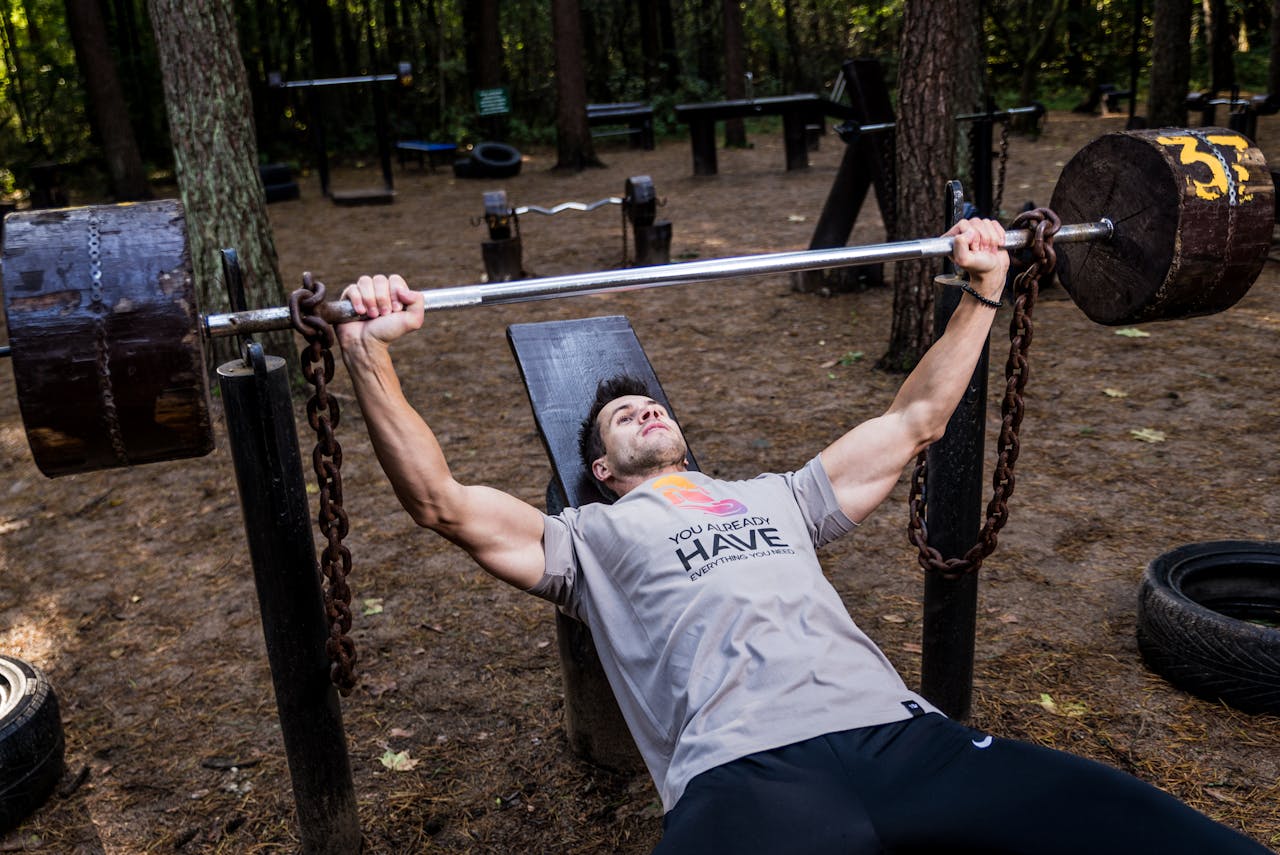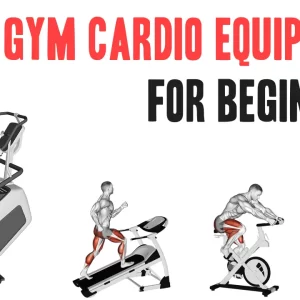Contents
When it comes to full-body workouts, more isn’t always better. A well-structured session doesn’t need to include a dozen exercises to be effective. The real key lies in smart programming—selecting exercises that hit all major muscle groups efficiently, with proper volume, intensity, and rest.
So how many exercises should you include in a full-body workout?
The short answer: 4 to 10 exercises per session is optimal for most people, depending on your training goal, fitness level, and time available.
Let’s explore the science and practical considerations behind that range.
Factors That Determine Exercise Count
1. Training Experience Level
| Level | Ideal Number of Exercises | Why |
|---|---|---|
| Beginner | 4–6 total | Focus on mastering movement patterns, recovery |
| Intermediate | 6–8 total | Can tolerate more volume, split sets by pattern or goal |
| Advanced | 6–10 total | More variation, higher volume, intensity, supersets |
Beginners often see significant progress with as few as 4–5 compound movements, while advanced lifters may need more exercise variation and volume to continue progressing.
2. Time Available
- 30 minutes? Stick to 4–5 movements with little rest (e.g., circuits).
- 60+ minutes? You can include more sets, tempo work, and isolation moves.
3. Training Goal
| Goal | Exercise Volume Guide |
|---|---|
| General Fitness | 4–6 full-body compound and bodyweight moves |
| Hypertrophy (Muscle Growth) | 6–10 including isolation and accessory exercises for smaller muscles |
| Fat Loss | 5–7 movements in circuit or HIIT style for cardio stimulus |
| Strength | 4–6 heavy lifts with longer rest periods |
| Mobility/Flexibility | 3–5 focused movements with low load, high control |
Structure of an Effective Full-Body Workout
Here’s a simple breakdown of how to organize 5–7 exercises into a full-body session that hits all major muscle groups efficiently:
| Exercise Type | Example | Muscle Group |
|---|---|---|
| Lower Body Push | Bodyweight squat / goblet squat | Quads, glutes |
| Lower Body Pull or Hinge | Glute bridge / hip thrust / deadlift | Hamstrings, glutes, lower back |
| Upper Body Push | Push-up / overhead press | Chest, shoulders, triceps |
| Upper Body Pull | Inverted row / resistance band row | Back, biceps, rear delts |
| Core Stability / Rotation | Plank / bicycle crunch / Russian twist | Abs, obliques |
| Optional: Isolation or Cardio | Calf raise, lateral raise, jump rope | Depends on focus |
A well-rounded full-body workout prioritizes compound movements—exercises that recruit multiple joints and muscles simultaneously.
Frequency and Volume Guidelines
According to the American College of Sports Medicine (ACSM):
- Train each major muscle group 2–3 times per week
- Perform 2–4 sets per muscle group, aiming for 8–12 reps per set (for strength and hypertrophy)
- 1–2 minutes of rest between sets for moderate intensity
A full-body workout 3x per week (e.g., Monday-Wednesday-Friday) using 5–6 compound exercises per session is ideal for most goals.
Sample Full-Body Workout Structures
General fitness (20–30 minutes)
- Squat – 2-3 sets x 8–10
- Bench press – 2-3 sets x 8–10
- Barbell row – 2-3 sets x 8–10
- Romanian deadlift – 2-3 sets x 8–10
- Overhead press – 2-3 sets x 8–10
- Plank – 2-3 x 45 seconds
Beginner full-body strength training
Hypertrophy (Advanced)
- Barbell squat – 3 sets x 8–10
- Seated Leg curl – 2 sets x 8–12
- Overhead press – 3 sets x 8–10
- Dumbbell lateral raise – 2 sets x 8–12
- Bench press – 2-3 sets x 8–10
- Incline dumbbell fly – 2 sets x 8–12
- Barbell row – 3 sets x 8–12
- Bench dips – 2-3 sets x 8–10
- Incline dumbbell curl – 2-3 sets x 8–10
- Plank – 2-3 x 60 seconds
What the Research Says
- Compound exercises produce greater hormonal and neuromuscular stimulus than isolation exercises (Schoenfeld, 2010).
- Full-body routines, when done 3x per week, can be just as effective as body part splits for muscle growth (Schoenfeld et al., 2016).
- Training volume (sets × reps × load) is a key driver of muscle hypertrophy and strength development (Krieger, 2010).
Final Recommendations
- Aim for 4–10 exercises per full-body session, depending on your goal and experience.
- Prioritize compound lifts, then supplement with isolation or mobility work as needed.
- Focus on form, progressive overload, and recovery rather than quantity.
Quality over quantity wins in the long run. Don’t overcomplicate—master a few foundational movements and build from there.
References
- Schoenfeld, B. J. (2010). The mechanisms of muscle hypertrophy and their application to resistance training. Journal of Strength and Conditioning Research, 24(10), 2857–2872. https://doi.org/10.1519/JSC.0b013e3181e840f3
- Krieger, J. W. (2010). Single vs. multiple sets of resistance exercise for muscle hypertrophy: A meta-analysis. Journal of Strength and Conditioning Research, 24(4), 1150–1159. https://doi.org/10.1519/JSC.0b013e3181d4d436
- Schoenfeld, B. J., et al. (2016). Effects of different resistance training frequencies on muscular adaptations in well-trained men. Journal of Strength and Conditioning Research, 30(7), 1809–1816.
- American College of Sports Medicine. (2021). ACSM’s Guidelines for Exercise Testing and Prescription. 11th ed.



